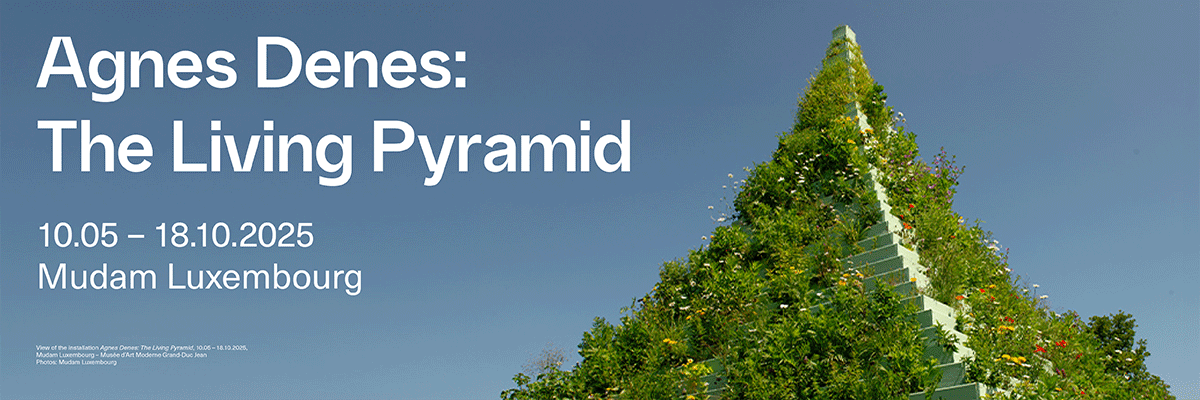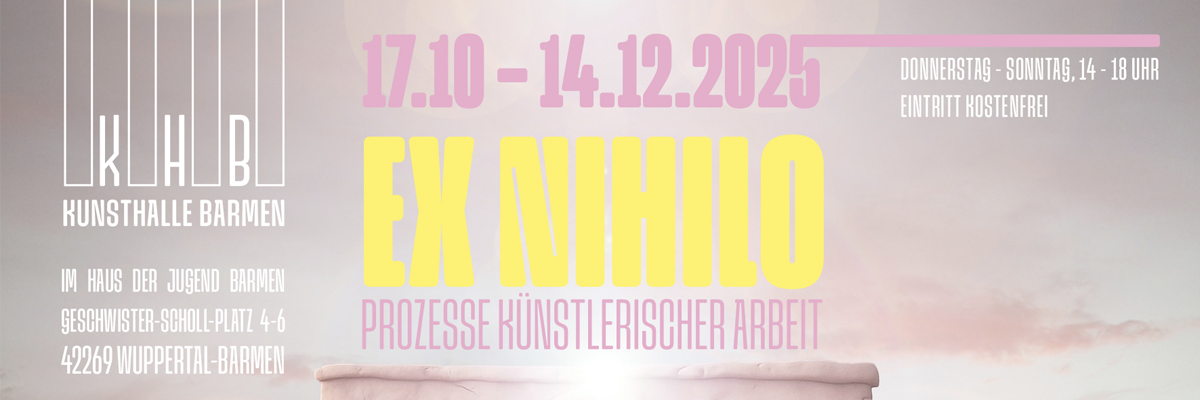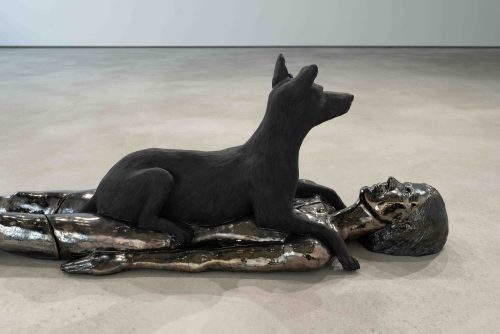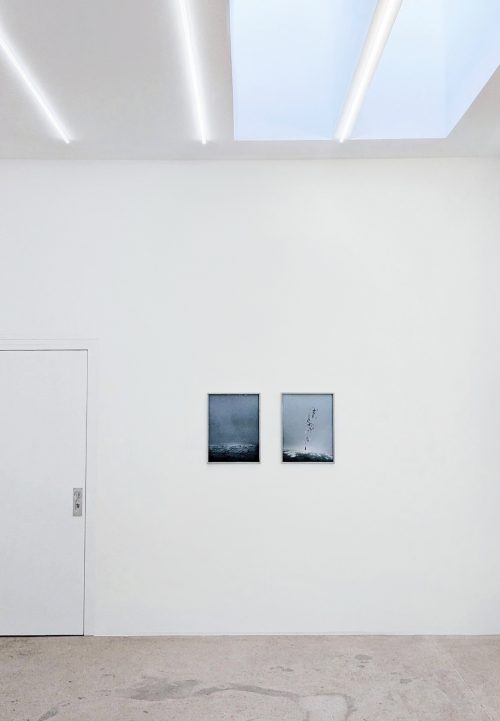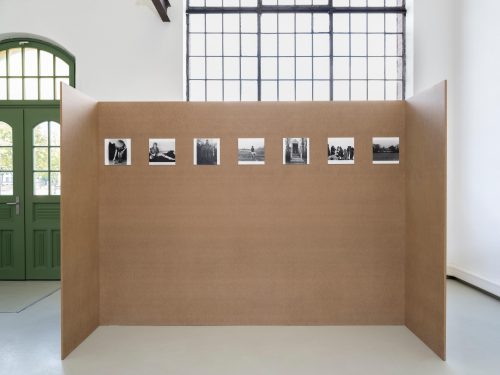
Troika
deception island
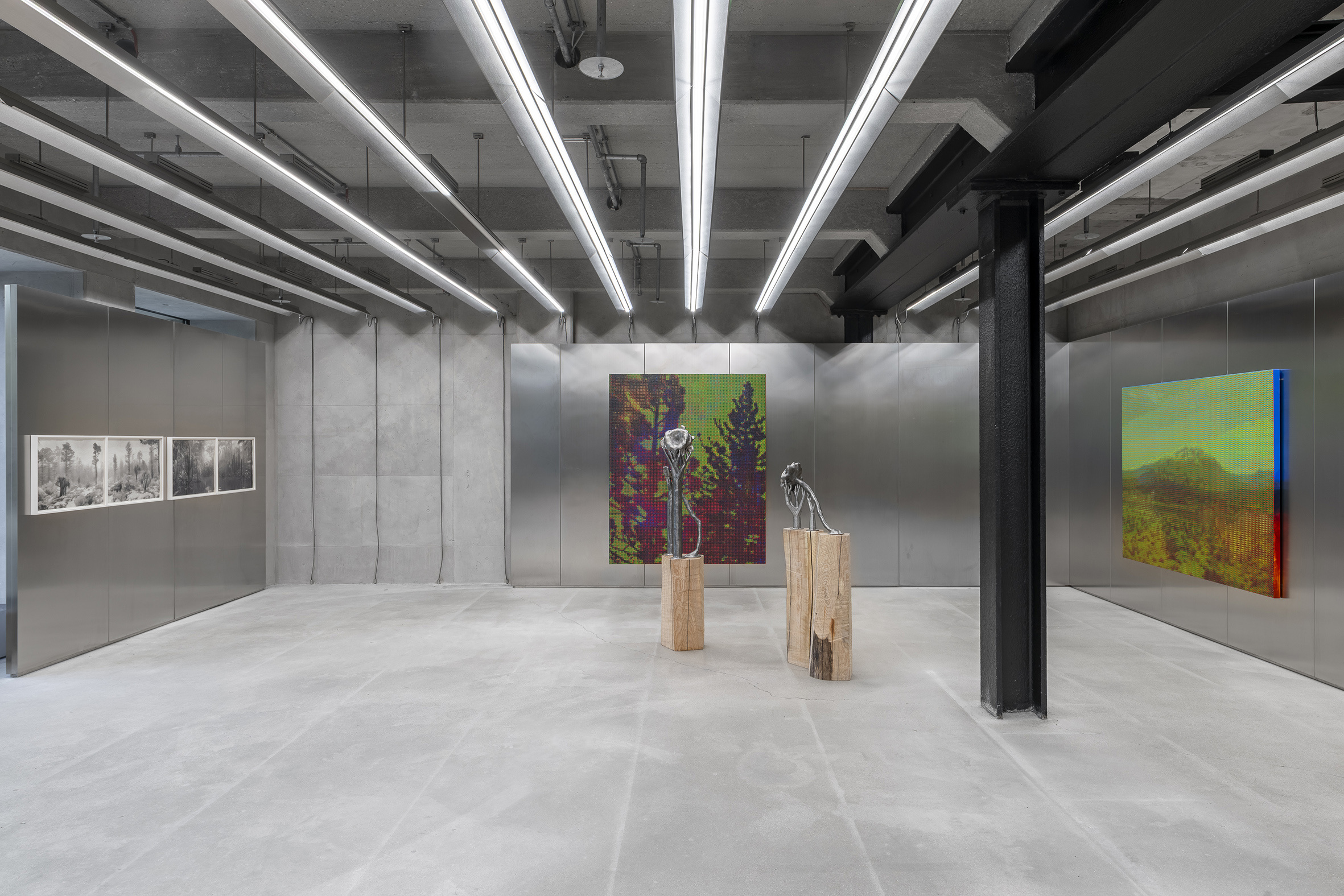
Installation view, deception island, 2025 | Courtesy of max goelitz, copyright the artists | Photo: Dirk Tacke
Advertisement
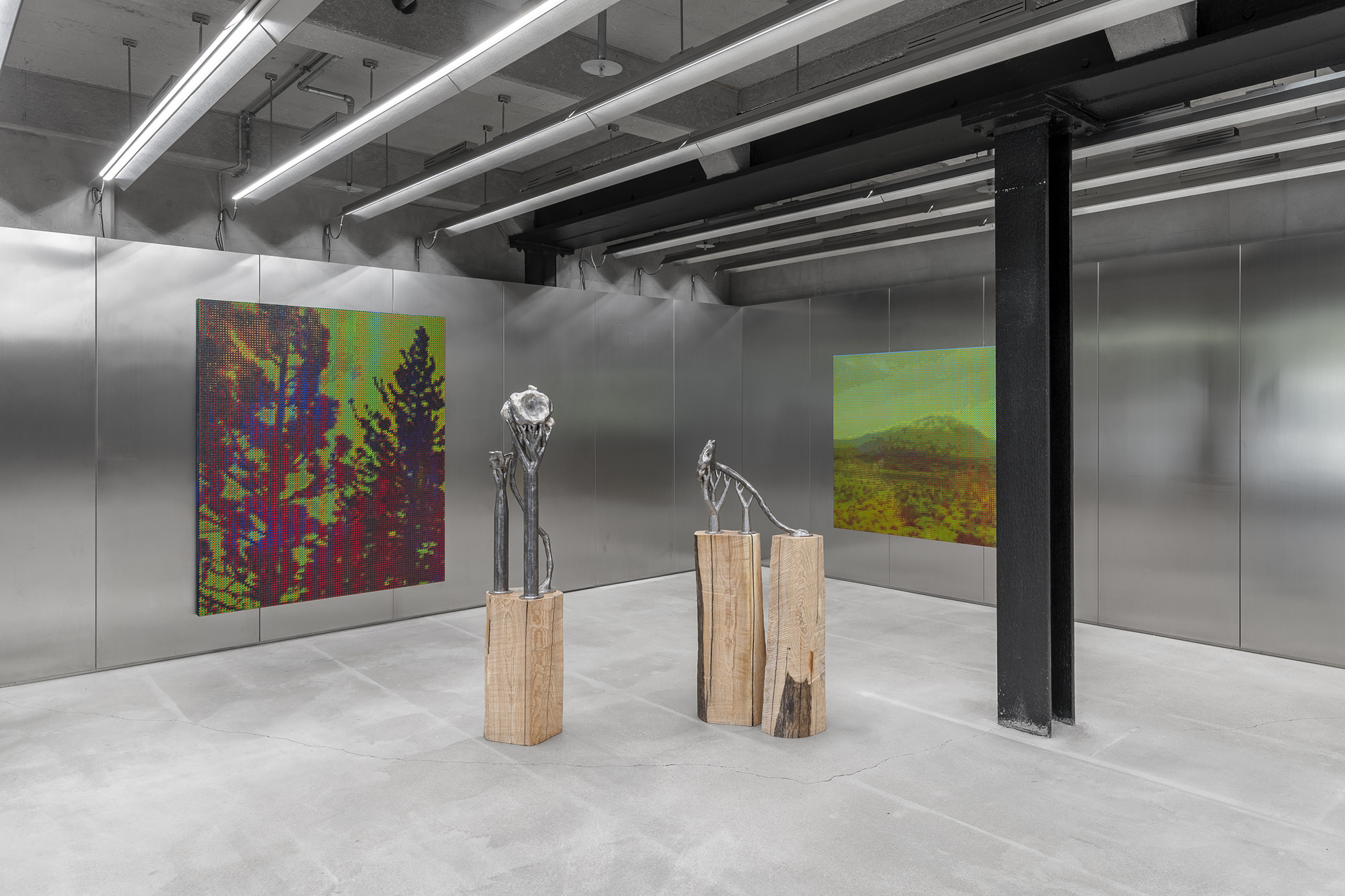
Installation view, deception island, 2025 | Courtesy of max goelitz, copyright the artists | Photo: Dirk Tacke
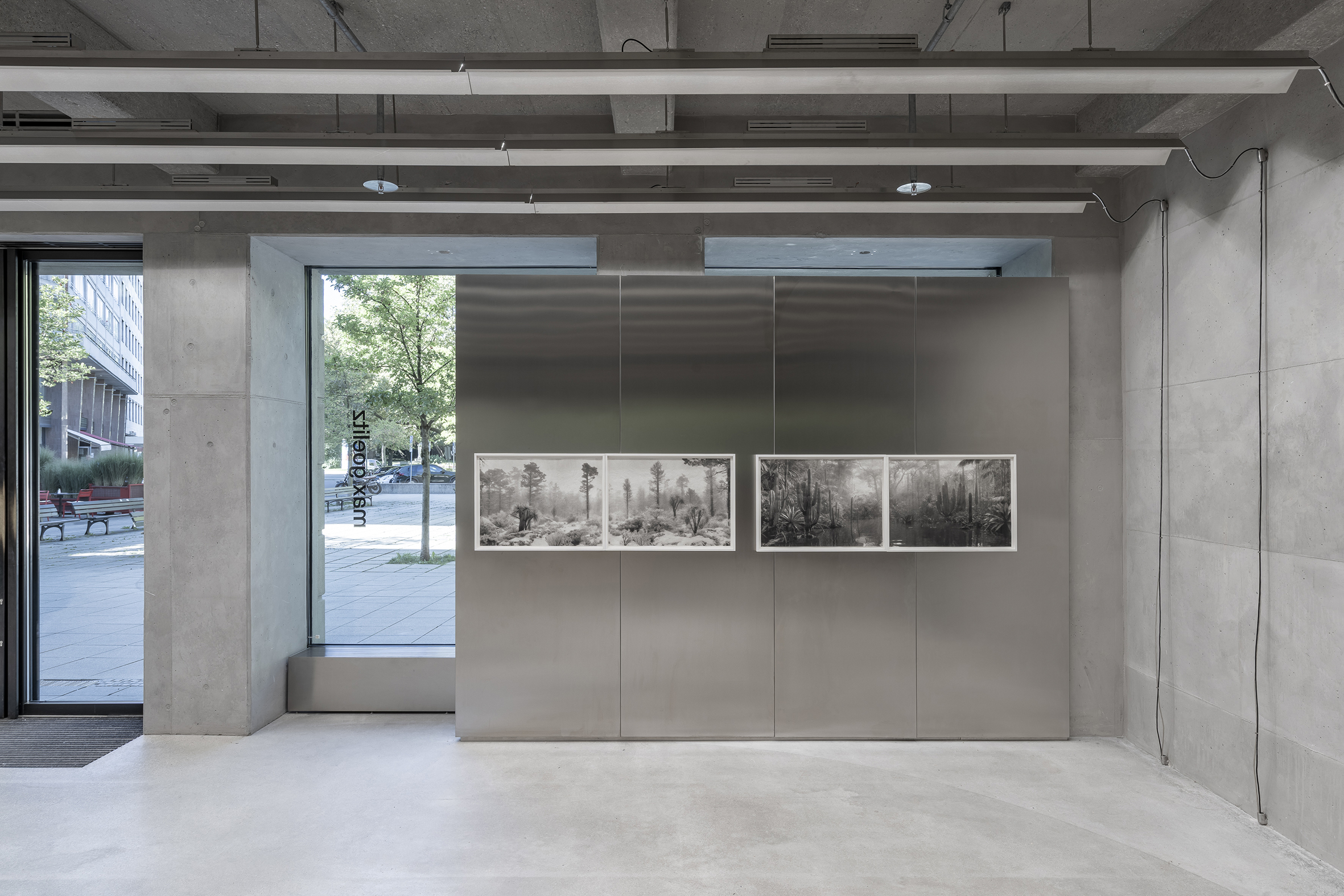
Installation view, deception island, 2025 | Courtesy of max goelitz, copyright the artists | Photo: Dirk Tacke
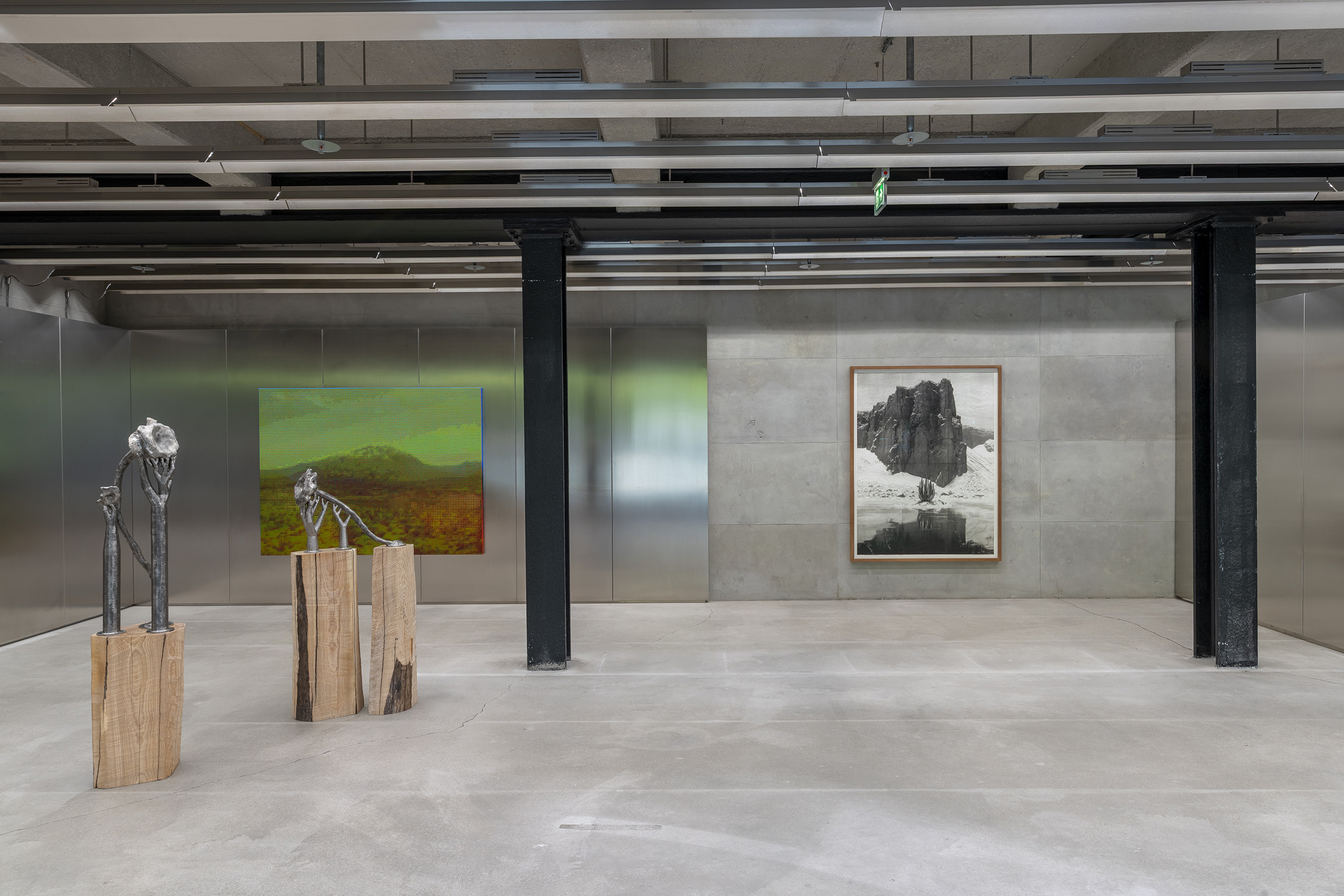
Installation view, deception island, 2025 | Courtesy of max goelitz, copyright the artists | Photo: Dirk Tacke
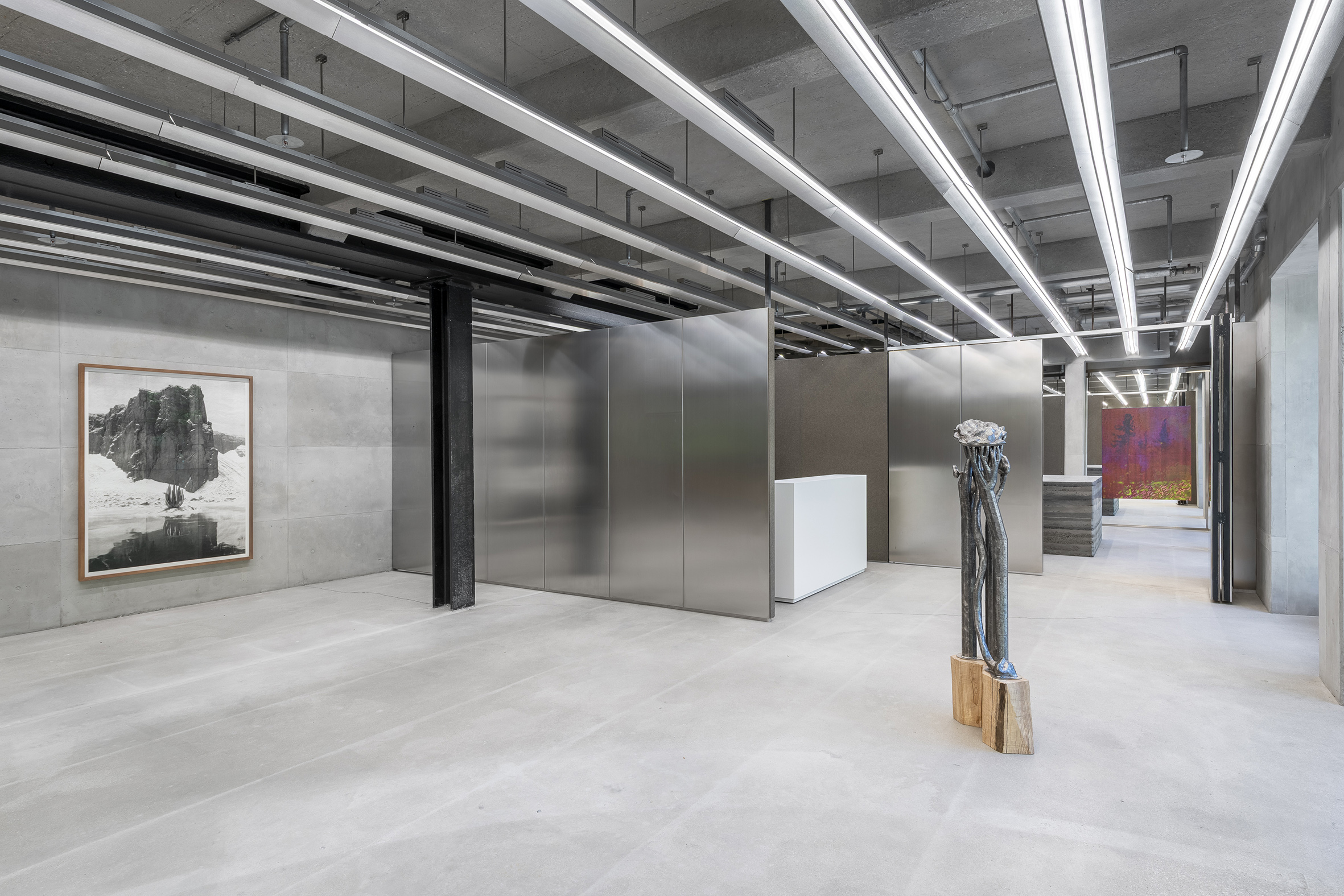
Installation view, deception island, 2025 | Courtesy of max goelitz, copyright the artists | Photo: Dirk Tacke
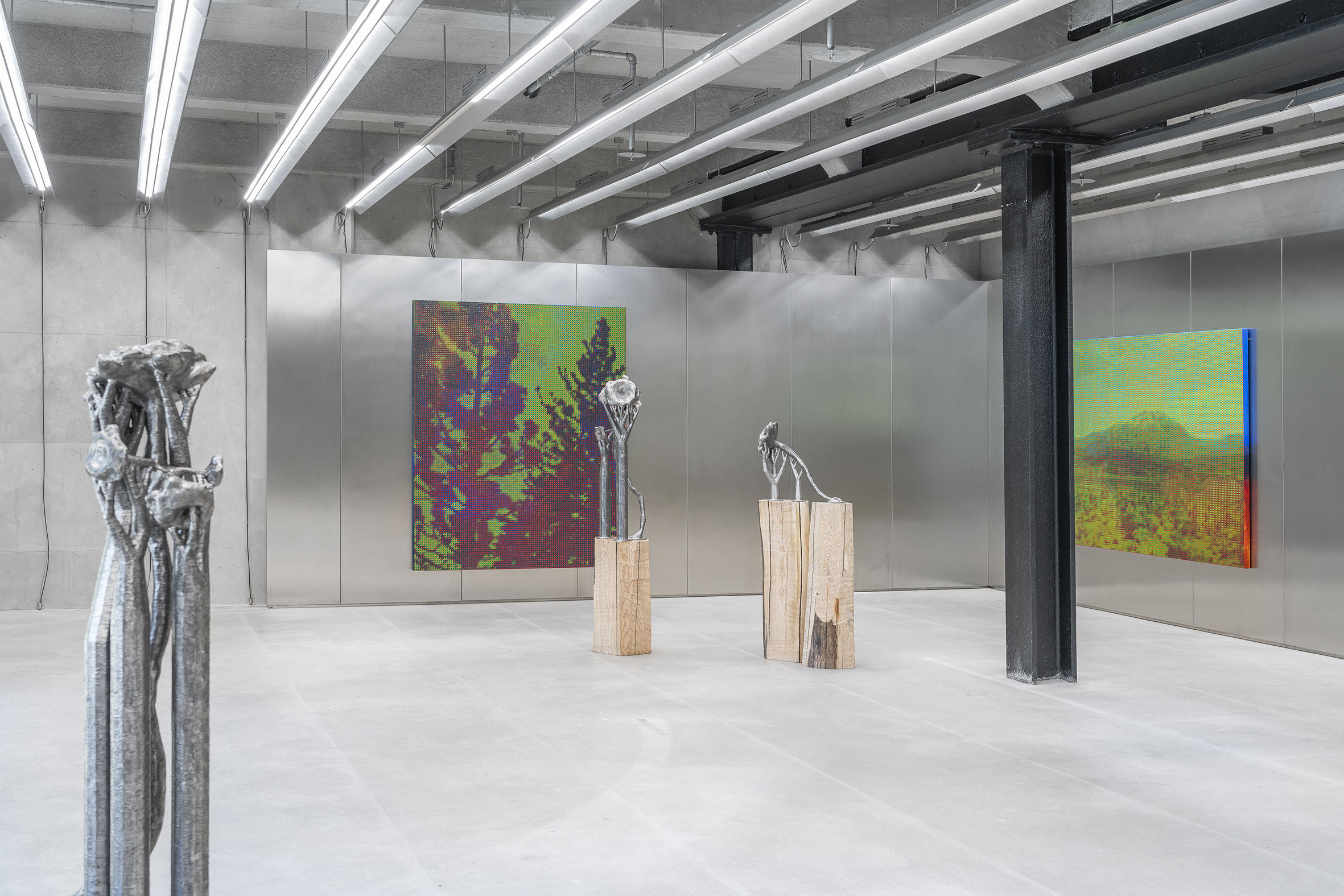
Installation view, deception island, 2025 | Courtesy of max goelitz, copyright the artists | Photo: Dirk Tacke
For the inaugural exhibition at the new location of max goelitz in Munich, Troika explores the fragile boundaries between what is seen and unseen, present and absent, natural and constructed. The works in deception island chart a cartography of displacement and emergence, where extinct species, digital flora and machine-mediated visions converge. Taking its title from a volcanic island at the edge of the Antarctic Peninsula – a place whose very geography conceals a flooded caldera beneath its surface – the exhibition reflects on environments in flux and the systems, technological and cultural, that attempt to capture, preserve or replace them.
The island itself surfaces in one of the speculative landscapes from Troika’s new series Out of Place, Out of Time (2025), in which they stage unlikely encounters between geological epochs, digital processes, and speculative memory. An extinct species of Key Largo cactus appears to grow in Arctic ice or take root in tropical swamplands. These image worlds seem like projections of a machine subconscious, fed by the collective visual memory of the Earth. They were created using text-to-image algorithms that generate pictures from short language inputs in fractions of a second. Formally, Troika transfers these fleeting visions into a medium of physical permanence: the platinotype. This 19th-century photographic process uses platinum and palladium salts – materials employed both in the early days of photography and in today’s semiconductor technology. The choice of this durable support lends the image a material presence that extends far beyond the ephemeral input of digital algorithms. Troika’s imaginary biotopes negotiate not only geographical disorientation, but also a shift in our understanding of reality: What does “nature” mean when it is not only represented, but newly constructed through algorithmic processes? Which images and narratives emerge, and which are lost in the process?
The feeling of arrival on uncertain and new terrain continues in Ultraflora (2025): the sculptures appear as complex metallic structures whose surfaces seem organically grown and yet artificially modeled. In the works, plant tissue, root systems and mechanical processes overlap. Volumetric scans of so-called pioneer plants – such as the Tree Aeonium, known for its ability to survive in extreme climates – are transferred onto a virtual spatial grid, reshaped, and then re-materialized with the help of a robotic arm. Molten metal filament is layered, so that the sculptures gradually grow into their final form. In this way, works emerge that make visible the transition between nature and technology. The resulting “border-crosser” plants belong to Troika’s speculative Field Guide to Virtual Botany. They are species that exist in threshold spaces, elude classical classifications, and actively transform their environment. They grow where opposites meet, at the edges of land and sea, between life and death, between reality and fiction. As ecological wanderers, symbolic threshold beings, and metaphorical markers, they appear in a new form. What was once vegetative now emerges as a techno-organic relic – prototypes of post-biological growth.
The new groups of works are complemented by paintings from the series Forest Filled with Pines and Electronics (2024) and Programming Harmony Touching Clear Sky (2024). Here, Troika reproduces the technical vision of cameras and transfers this logic manually, adopting 16 shades each of red, green, and blue from the digital RGB color spectrum and arranging them pixel-like side by side. The image surface functions like a filter that simultaneously reveals and conceals the scene. While a landscape becomes visible from a distance, on closer inspection the structure of the medium itself comes to the fore. The images are based on recordings from surveillance cameras and satellites, which are present even in the most remote regions of the Earth. Thus, images from the Mojave Desert or remote forests appear. Troika thereby discloses a double experience: on the one hand, technology enables access to and surveillance of places that are hardly physically accessible to us. On the other hand, the distance from nature increases when it becomes visible only through grids, filters, and digital systems. By transferring the principle of digital image production into painting, the artists place the conditions of seeing itself at the center, and with it the question of how we perceive our environment today.
deception island makes palpable that our view of the world is increasingly mediated by machines and that our conception of nature is already shaped by this perspective. The exhibition thus drafts a topography of uncertainty and reflects not only on this new form of digital access to nature, but also on its ecological costs: computing power, energy consumption, and rare minerals lie behind the apparent immateriality of digital image production.
